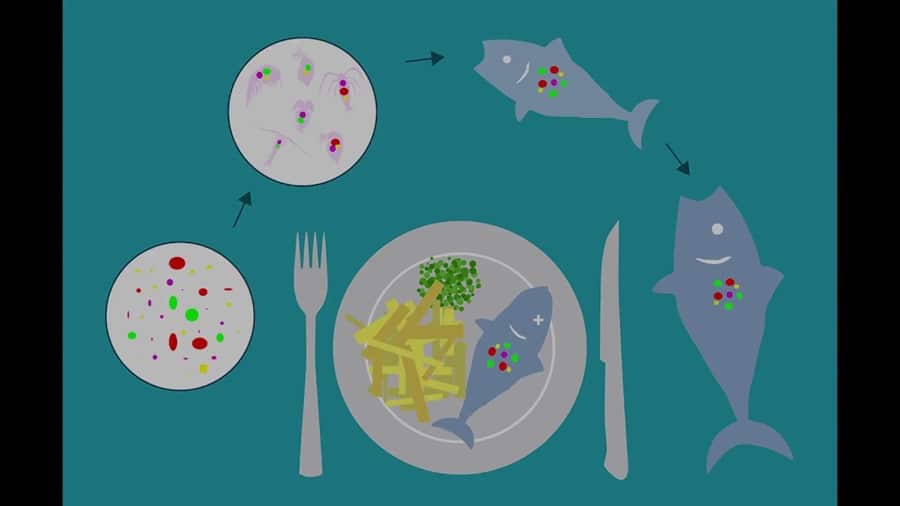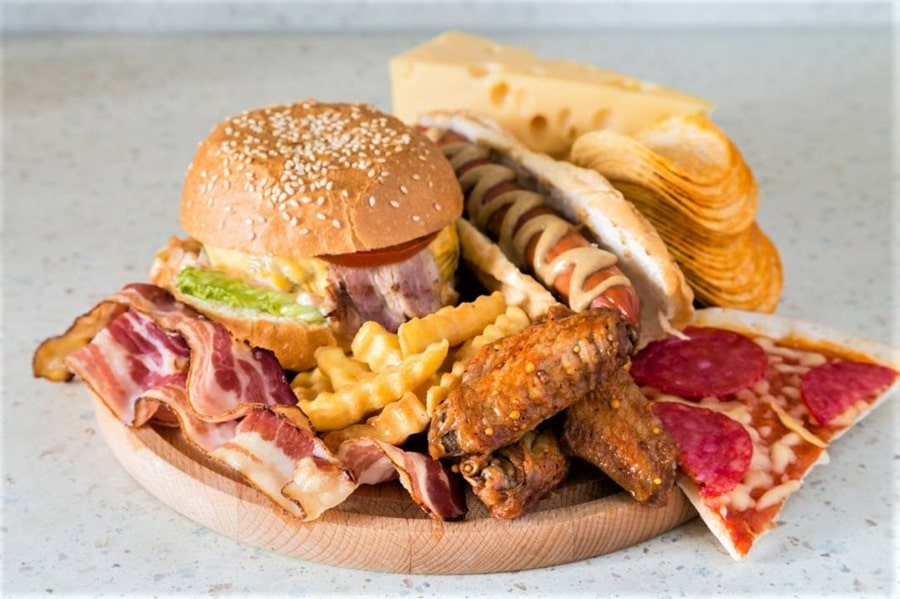Ever found yourself staring at a carton of milk that’s a day past its expiration date, contemplating whether it’s worth the risk? You’re not alone. Many people toss out food solely based on the date stamped on the package, but what if that’s not the whole story? This article is here to debunk the myths surrounding expiration dates and enlighten you on which foods can safely be consumed past the expiration date. Armed with this knowledge, you’ll not only reduce waste but also save money and make more informed choices about food safety.
Contents
- 1 The Science Behind Expiration Dates
- 2 The Sniff And Look Test
- 3 Dairy Products – Not Always A Ticking Time Bomb
- 4 Canned Goods – The Long-Haul Champions
- 5 Dry Goods – Beyond Mere Pantry Supplies
- 6 Frozen Foods – The Cold, Hard Facts
- 7 Bread And Baked Goods – More Than A Moldy End
- 8 Fruits And Veggies – Nature’s Candy, With A Shelf Life
- 9 Make The Most Of Your Food—Mindfully
The Science Behind Expiration Dates

Expiration dates, sell-by dates, and use-by dates—these terms often appear on food packaging, but do you know what they really mean? Expiration dates serve as a manufacturer’s best guess for when a product will no longer be at its peak quality. However, this doesn’t necessarily mean the food becomes unsafe to eat after this date. In fact, the Food and Drug Administration (FDA) doesn’t require most foods to have an expiration date, except for infant formula. These dates are more about quality than safety, and various factors, like storage conditions, can extend or shorten a food item’s life.
Understanding the science behind these dates can empower you to make smarter decisions. For instance, perishable foods like meat and dairy are more sensitive to spoilage, while canned and dry goods can last much longer than you might think. Furthermore, preservation techniques such as canning, drying, and freezing can significantly extend a food’s shelf life. So, the next time you find a can of beans that’s a month past its date, don’t be too quick to toss it. Knowledge is power, and understanding the science of food preservation can save you from unnecessary waste.
The Sniff And Look Test

Before you throw away that carton of milk or that slice of bread, consider the sniff and look test. This age-old method involves using your senses to detect any signs of spoilage. For example, sour smells, mold, or a change in color are usually good indicators that a food item has gone bad. However, this method is not foolproof and should be used as a guideline rather than a rule.
The sniff and look test is particularly useful for perishable items like dairy, meat, and some fruits and vegetables. However, it’s not always reliable for processed or packaged foods that contain preservatives. In these cases, harmful bacteria may be present without any noticeable changes in smell or appearance. Therefore, while the sniff and look test can be a helpful tool, it’s essential to combine it with other methods and information to ensure you’re making a safe choice.
Dairy Products – Not Always A Ticking Time Bomb

Milk, cheese, yogurt—these dairy staples often come with dates that make you think twice before consuming them past their prime. However, many dairy products are fermented, which means they contain good bacteria that can actually inhibit the growth of harmful bacteria. For example, hard cheeses like Parmesan and cheddar can often be consumed long after their expiration dates, provided they have been stored correctly.
Proper storage is key to extending the life of dairy products. Keeping your dairy items at the right temperature and away from moisture can make a significant difference in how long they last. For instance, always store milk at temperatures below 40°F and keep cheese wrapped tightly to prevent exposure to air. By understanding the properties of dairy and how to store it, you can enjoy these delicious and nutritious foods for longer than you might expect.
Canned Goods – The Long-Haul Champions
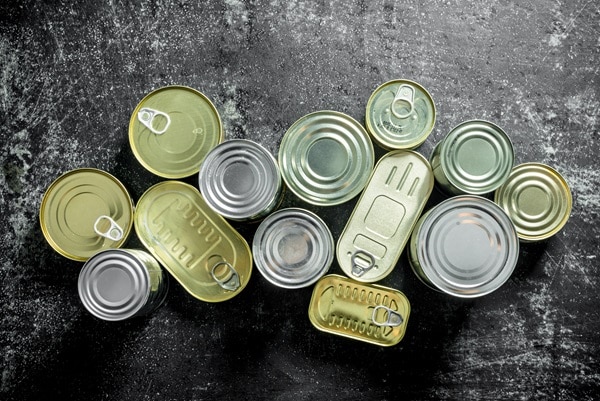
When it comes to longevity, canned goods are the undisputed champions of the pantry. The canning process involves sealing food in an airtight container and then heating it to kill off harmful bacteria and microorganisms. This method effectively extends the shelf life of the food, often for years. So, if you stumble upon a can of chickpeas or corn that’s a few months past its date, there’s usually no need for alarm.
However, it’s crucial to inspect the can’s condition before diving in. Any signs of rust, dents, or swelling could indicate that the can’s integrity has been compromised, making the food inside unsafe to eat. But if the can appears to be in good shape, the food inside is likely still good to go. Just remember to cook it thoroughly to eliminate any potential pathogens that may have survived the canning process.
Dry Goods – Beyond Mere Pantry Supplies

Pasta, rice, and legumes are often relegated to the back of the pantry, forgotten until a cooking emergency arises. These dry goods have a naturally long shelf life due to their low moisture content, which makes them less susceptible to bacterial growth. Even if they’re past their printed date, these staples can still be perfectly safe and tasty to eat, especially if they’ve been stored in a cool, dry place.
Storage plays a pivotal role in the longevity of dry goods. Using airtight containers can protect these foods from moisture and pests, further extending their shelf life. If you notice any signs of moisture, mold, or off-odors, it’s best to discard the item. Otherwise, these pantry staples can be your go-to ingredients for a last-minute meal, even if they’re past their prime.
Frozen Foods – The Cold, Hard Facts
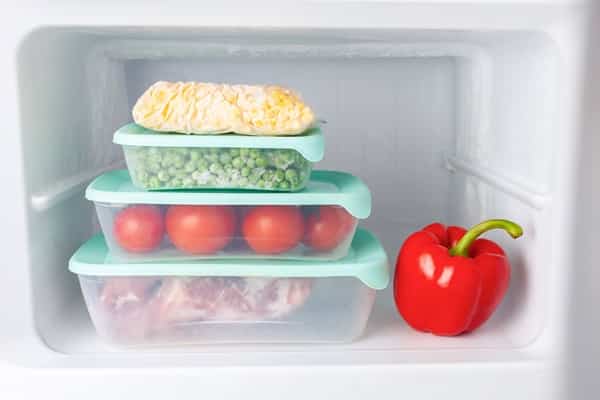
Freezing is one of the most effective methods for preserving food. The low temperatures slow down bacterial growth, making it a safe option for long-term storage. From frozen vegetables to meat, many items can last for months or even years when stored in a freezer. However, it’s essential to note that while freezing can preserve food safety, it may not maintain the same level of quality or taste over extended periods.
Proper thawing and cooking are crucial steps when dealing with frozen foods. Always thaw items in the refrigerator, cold water, or the microwave, and never at room temperature, as this can encourage bacterial growth. Once thawed, cook the food to the appropriate internal temperature to ensure it’s safe to eat. Following these guidelines can help you make the most of your frozen food stash, even if some items are past their best-by dates.
Bread And Baked Goods – More Than A Moldy End
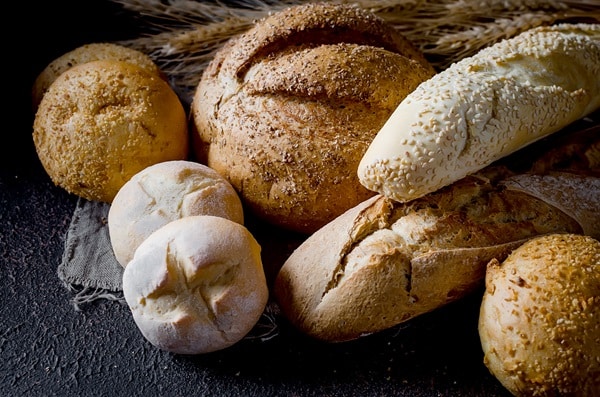
Bread, muffins, and other baked goods might seem like they spoil quickly, but that’s not always the case. Many commercial baked goods contain preservatives that extend their shelf life. Even without these additives, proper storage can keep bread fresh for longer than you might expect. For example, storing bread in a cool, dry place or even the freezer can significantly extend its life.
However, it’s essential to be vigilant for signs of spoilage, such as mold or off-odors. Unlike some other foods, bread that shows signs of mold should be discarded entirely, as the mold’s roots can penetrate deeper into the loaf than what’s visible on the surface. But if your bread appears and smells fine, it’s likely still good to eat, even if it’s a bit past its sell-by date. Just remember to store it properly to maximize its lifespan.
Fruits And Veggies – Nature’s Candy, With A Shelf Life
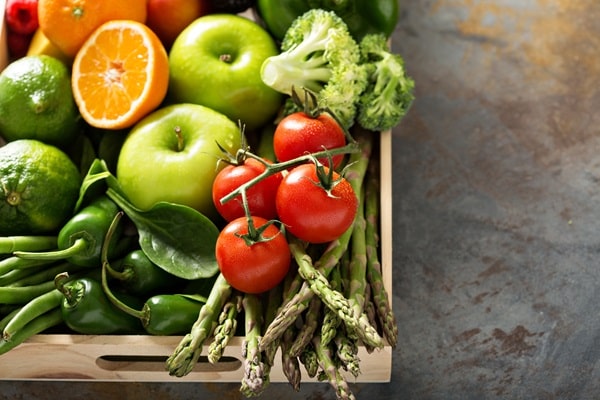
Fruits and vegetables bring vibrant colors and essential nutrients to your plate, but their shelf life can vary dramatically. While some fruits like berries and grapes are highly perishable, others like apples and oranges can last for weeks when stored correctly. Vegetables, too, have a range of lifespans; leafy greens may wilt quickly, but root vegetables like potatoes and carrots can last for months in the right conditions.
Proper storage is the key to extending the life of fruits and vegetables. For example, storing apples in the fridge can keep them crisp for weeks, while tomatoes should be kept at room temperature until ripe. If you notice any signs of spoilage like mold or off-odors, it’s best to discard the item. However, small brown spots on fruits or slight wilting in vegetables doesn’t necessarily mean they’re unfit for consumption. A quick trim or peel can often salvage these items, reducing waste and saving you money.
Make The Most Of Your Food—Mindfully
In a world where food waste is a growing concern, understanding the true shelf life of various food items is more important than ever. This article has aimed to shed light on the foods that are generally safe to consume past their expiration dates, from dairy and canned goods to dry and frozen foods. But remember, these guidelines are just that—guidelines. Always use your best judgment, consider multiple factors like smell and appearance, and when in doubt, consult trusted sources. Here’s to making more informed, less wasteful choices in your food consumption journey.

